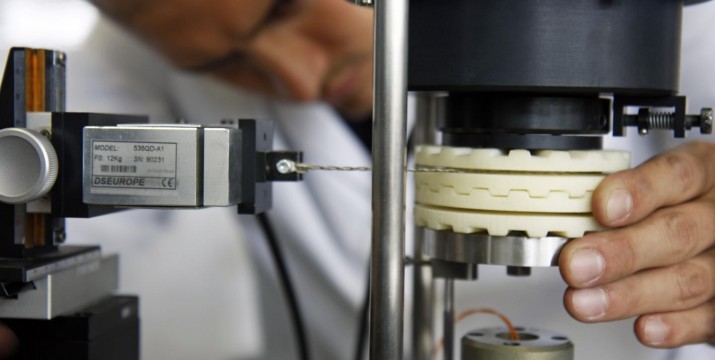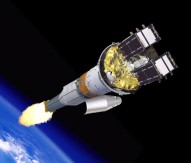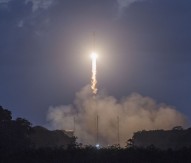
H2020 funds space launch technology
Horizon 2020 has funded new technology that uses intelligent materials to assist a spacecraft’s moveable parts during launch and following take-off.
The research was led by ARQUIMEA, which has developed and patented SMARQ®. After nearly a decade of work and laboratory testing, the first product based on this technology is expected to be tested in orbit in 2016, as part of a series of experiments that will be carried out in the International Space Station. Researchers will be testing the device in conditions of microgravity onboard parabolic flights.
Speaking about the long term investigation, Diego Fernández, president of ARQUIMEA, said: “ARQUIMEA has spent eight years developing revolutionary new technology that uses intelligent materials that hold the spacecraft’s movable parts during the launch and then release them once it is in orbit without having to use pyrotechnics. When electricity or heat is applied, these materials contract, similar to the way human fibres do when they are commanded to by the brain.”
At present, when a satellite is launched into space, the movable parts are usually attached using fixed mechanisms that require small pyrotechnical explosions to free them. This occurs in solar panels, for example, which have been deployed for decades this way, once the satellite is in orbit.
ARQUIMEA says that the advantage of the new technology is that it does not produce the vibrations caused by the explosions and it can also be tested on land. This is due to the materials used having a unique characteristic, known as shape memory, which allows the part to be held in place during the launch and then, once in orbit, released by simply activating an electrical signal.




